This time, the focus is on Keith Haring’s collaboration with Coca-Cola. Keith actively incorporated Coca-Cola’s iconic imagery into his art, from creating works featuring its logo to drawing directly on Coke cans. What inspired his approach of using universally recognizable images to spread art everywhere? What kind of art was Keith striving to create? We spoke with cultural critic and curator Carlo McCormick, who knew Keith well during that era, and discovered that turning Keith’s work into t-shirts is, in many ways, an inevitability.
What was your relationship with Keith Haring, and how do you remember him?
I got to know Keith Haring the way most of us got to know one another back then, on the blurry edges where creativity met lifestyle and community. First it would be through the clubs—a wide arc that would include Club 57, the Mudd Club, Palladium and Area. I worked in nightclubs at that time, when Keith was doing very ambitious and brilliant shows in clubs. My first job was at Club 57, in the basement of a Polish church on Saint Marks Place in the East Village, where Keith performed and curated his great Xerox Art Show in 1980, so of course that is where I curated my first shows. Keith was exactly 3 years older than me, so I spent a lot of my youth following in his footsteps. The East Village was a small scene, one we would all have to outgrow and move on from eventually, but for those of us who came of age there we also formed there, sharing much the same combination of irreverence and ambition, a kind of joy and playfulness that was also thoughtful and serious. These are the characteristics I best remember about Keith.
Keith’s work is beloved worldwide, including in Japan. What do you personally love most about Keith's art?
Though I love the many great works Keith painted in the studio, I suppose my favorite aspect of his practice is his engagement with public spaces, particularly his subway drawings, but also very much his murals he painted everywhere he went, and his efforts to make a very affordable and accessible art that he showed at his store The Pop Shop. In each case he extended a recent lineage, the rise of graffiti and the creation of artist multiples respectively, into radical possibilities that are now realized in the present through the popularity of Street Art and artist products.
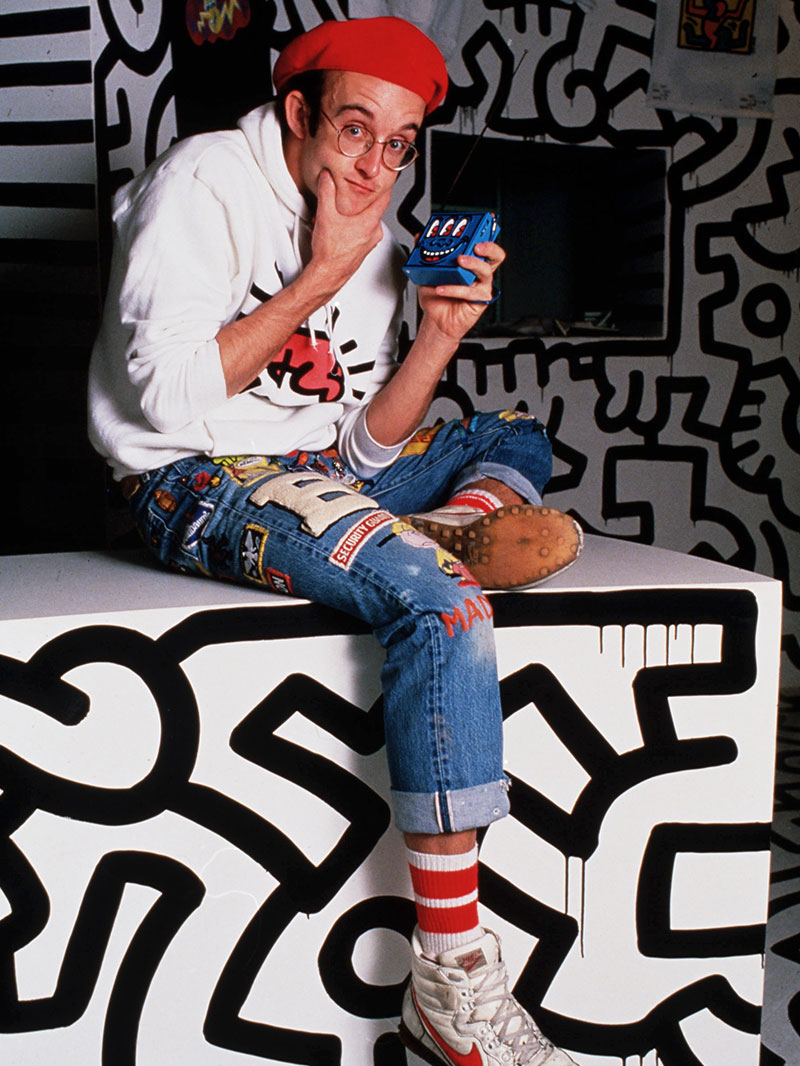
Photo:Gamma Rapho/Aflo
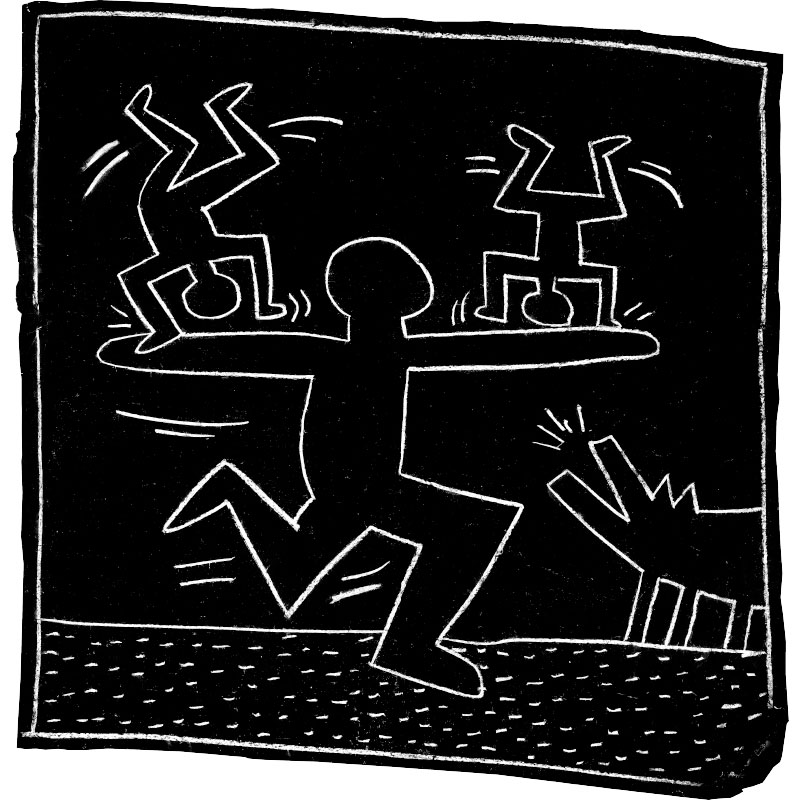
Why do you think Keith was drawn to the Coca-Cola logo and enjoyed creating art with Coke cans? Was it purely the visual appeal, or was there a deeper connection?
Keith was interested in universal languages, especially pictorial ones where a symbol could be read by anyone anywhere regardless of their language or culture. As he developed his visual semiotics- the radiant baby or a barking dog, for instance—he paid close attention to how other common signifiers operate, so this would probably be some of what would intrigue him about the ubiquitous Coca-Cola label, much in the same way he admired Walt Disney.
But also we should consider the abiding influence Andy Warhol had on Keith’s art and thinking. Warhol made his Coca-Cola paintings in 1962, very early in his career, right about the time his Campbell’s Soup Cans were defining Pop Art and just at the moment when he began to use silk-screening as a mechanical process of image-making.
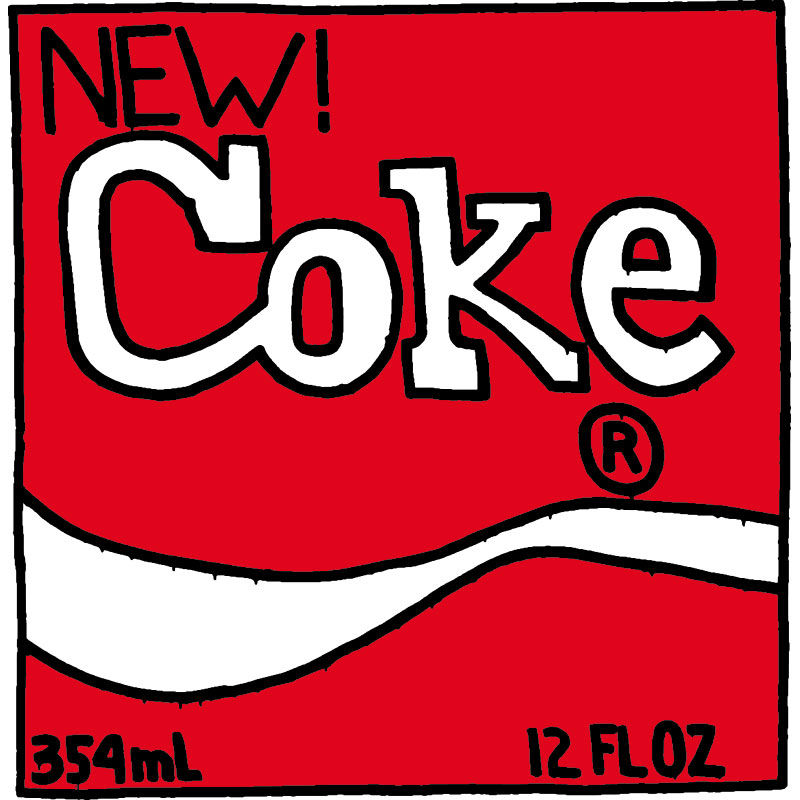
Critics sometimes view collaborations with large corporations like Coca-Cola or mass-produced items like Uniqlo t-shirts negatively. However, Keith seemed to embrace accessibility. What do you think he would say to those who criticize mass production as inherently problematic?
There will always be people who believe fine art, or what we may call Culture with a capital C, is esoteric, above the common and uncorrupted by the vulgarities of mass production and consumerism. I say bless them all, they are not entirely wrong in their ideals of purity and higher ground, but they will never understand an artist like Keith Haring, which is sadly their loss. I don’t like to speak for other people, especially those who are no longer with us to speak for themselves, but I believe Keith would love this project, as he would love Uniqlo for bringing really great artists to the people in high quality apparel at remarkably inexpensive prices.
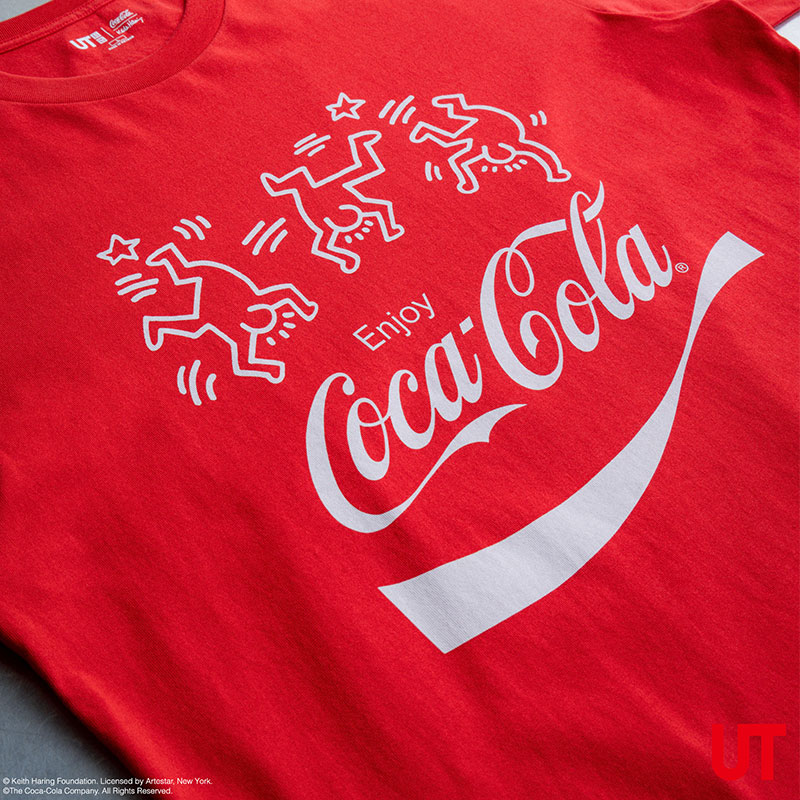
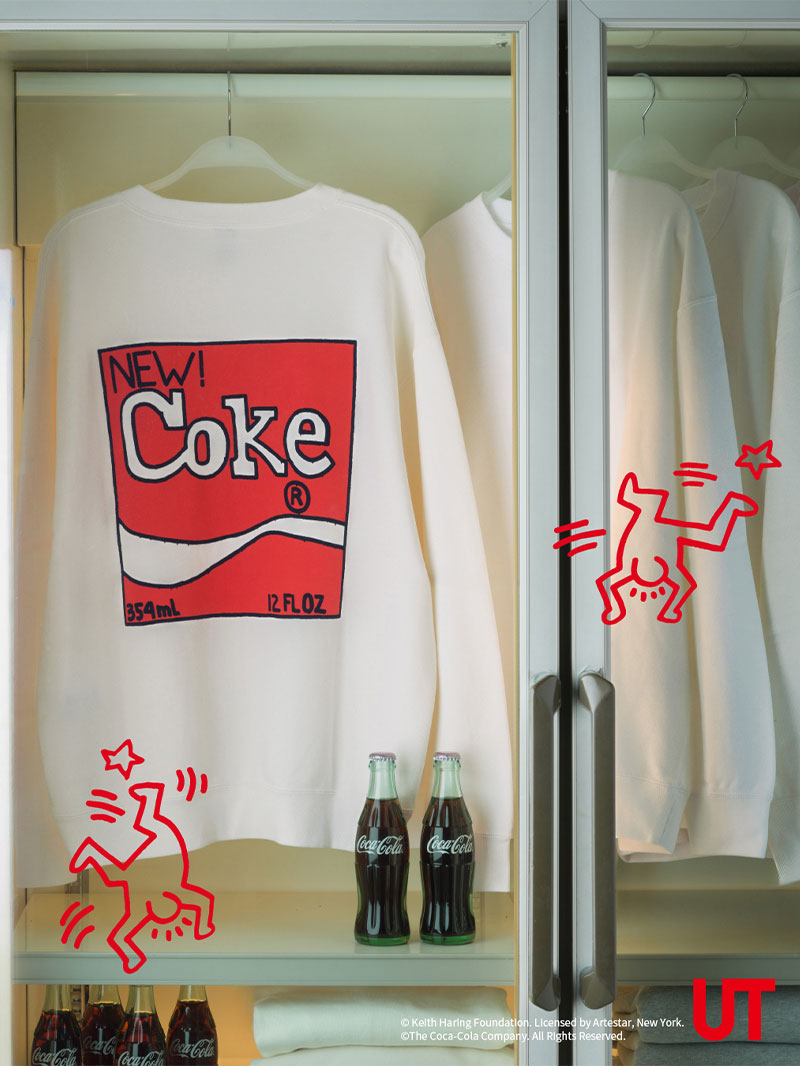
Why do you think accessibility was so important to him? In a conversation with Gil Vazquez, you mentioned that Keith was more interested in selling 10,000 t-shirts than selling one artwork for $10,000.*
Keith wanted his art to be accessible—that everyone could see it, that everyone could understand it, and that everyone could afford it. This philosophy guided so many of the decisions he made in his career, including his ongoing efforts to make art in public places where it could be seen by so many for free and without the gate-keepers of museums and other institutions. Keith did not doubt the power of great art, he knew and respected its history, but the force he tried to tap into and unleash was that of the everyday and everyone, a gift to the people that had nothing to do with connoisseurship or privilege and everything to do with relatability.
Can you describe the vibe of New York in the 1980s? What did Keith Haring represent to people at the time?
The New York City that Keith Haring came to in the late 1970s and early 1980s was a broken place; it had no money, the infrastructure was failing, there had been a massive flight of the middle class from the city that left it so depopulated it felt abandoned, and people feared it. As difficult as it could be to live here, it was in many ways a sanctuary for artists, with a freedom to do what we pleased because compared to all the crime art was pretty harmless, very cheap rents in the old tenement apartments that few would want to inhabit, and a broad diversity of people who came here because they were outcasts from society for their style of living, sexual preferences or bohemian values. Our difference was what we all had in common, our commonality is what allowed us new possibilities. Keith was always a force in this collectivity.
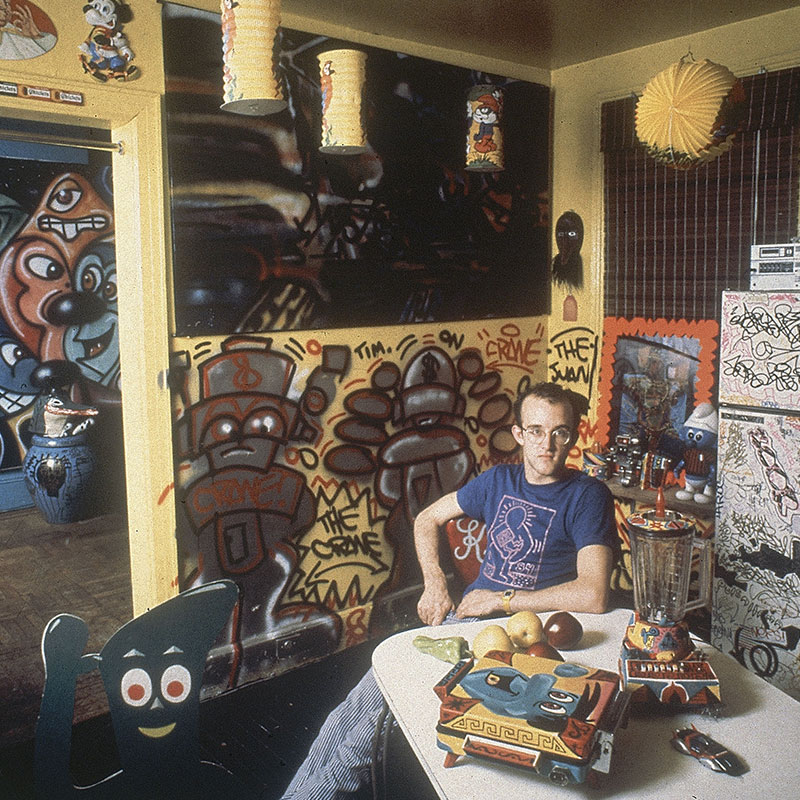
Photo:AP/Aflo
Because there was a great disconnect between what was going on in New York City versus the rest of America, Manhattan somehow seemed a foreign island state just off the coast of the United States, the art it produced in the Eighties could re-present American culture as something both alien and familiar, reveling in its consumer and media trivialities with a genuine affection as well as a critical scrutiny. Greatly inspired by Pop Art, in particular Andy Warhol, Keith and his friends like Kenny Scharf adopted the quotidian cartoon-scape of the American dream as their own personal language, celebrating and poking fun at its endless pleasures.
Some artists gain recognition only years after their death, yet Keith's work resonated instantly. Why do you think his art garnered such immediate attention and admiration?
Keith was a phenomenon in his own time, and within a brief life that was tragically cut short he became an international star beloved as few artists are in their own lifetimes. He came at a time when the artworld was newly open to very young voices, which had not been so much the case before, and he was intimately familiar with the rituals and vernaculars of youth, including Hip Hop, Graffiti, House and other dance music forms, and urban street style. Not so many ever have the kind of understanding of these things that Keith enjoyed, nor the fluidity to express them in such personal terms, and this capacity made him the perfect embodiment of what we call the zeitgeist, that is the defining mood or spirit of his age.
Why do Keith Haring's work and legacy continue to connect with people across different generations and communities today?
Keith Haring is, quite surprisingly, not just a figure of great historical importance, but a vitally relevant and contemporary figure in our cultural, social and political landscape. This is because the ideas he held dear, the causes he championed, and the strategies he used to get his art out there are all very timely to the moment we live in. The social concerns he addressed, the problems of inequity and bias, and the ecological crisis we are facing, are still urgent and demand our attention. Kids today who see the great problems of the world today look at their elders and say, “what did you do, why did you leave this planet to us in such a bad state?” look at Keith’s life and art and see someone who did as much as he could to make this world a better place. And culturally, we can now see in retrospect that Keith’s fearless experimenting with what art could actually be—a drawing on a subway wall or ad, a big mural for everyone to enjoy, a tee shirt, a condom or anything we can imagine that could be a bit more enjoyable if it had art on it—opened the doors to so many successive generations such that it is almost unimaginable to think of what art would be like today if Keith Haring had not come along and changed it so dramatically. If kids today see a Keith as something familiar, it is not just because Keith was a master of familiarity, it is because so many artists and creators have subsequently walked in his footsteps that we sometimes forget what a pioneering path he led.
*
https://www.youtube.com/watch?v=WKP1jXuBZrE
Keith Haring: Stairwell to Grace with Carlo McCormick & Gil Vazquez
PROFILE
Carlo McCormick| An American culture critic and curator living in New York. His latest book is Magic City: The Art of The Street published by From Here to Fame in Berlin.
©Keith Haring Foundation. Licensed by Artestar, New York.
©The Coca-Cola Company. All Rights Reserved.
Release dates and prices may vary. Some items might be limited to certain stores or countries of sale or may be sold out.













